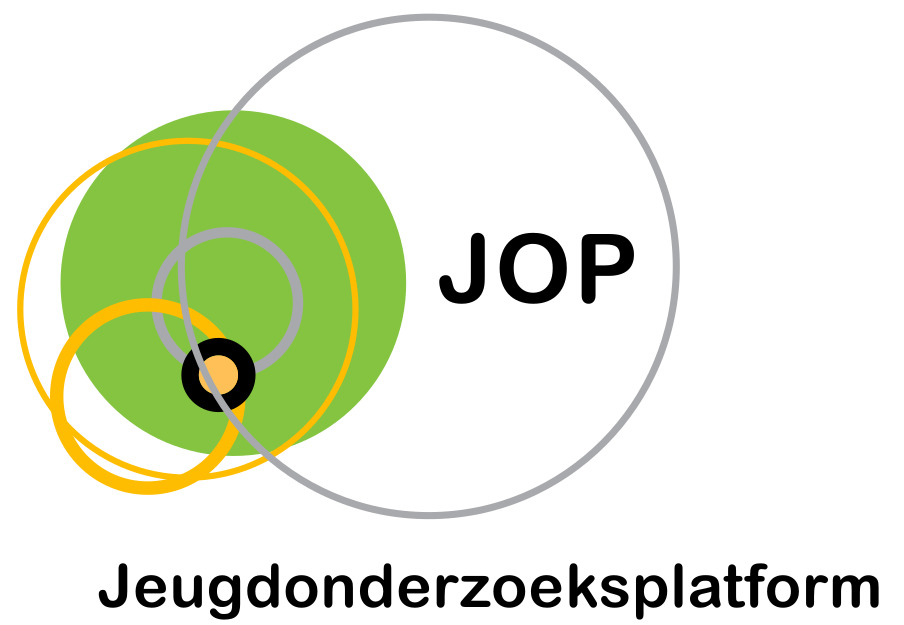Determinants of chronic biological stress, measured as hair cortisol concentration, in a general population of adolescents: from individual and household characteristics to neighborhood urbanicity.
Auteurs
Verheyen, V. J., Remy, S., Govarts, E., Colles, A., Koppen, G., Martin, L. R., … & Schoeters, G. (2021)

Abstract
Chronische biologische stress kan de fysieke en mentale gezondheid van adolescenten negatief beïnvloeden, maar inzicht in de persoonlijke en omgevingsfactoren die chronische stress bepalen is beperkt. We maten 3 maanden cumulatieve haarcortisolconcentratie bij 419 adolescenten, die deelnamen aan de Flemish Environment and Health Study. De gezondheids- en levensstijlkenmerken van de adolescenten, de socio-economische status van het huishouden en de buurt, alsook de stedelijkheid van de buurt werden geëvalueerd als potentiële determinanten van cumulatieve haarcortisolconcentratie, met behulp van meervoudige lineaire regressiemodellen. Daarnaast onderzochten we de heterogeniteit van onze resultaten per geslacht. Cumulatieve haarcortisolconcentratie waren significant hoger bij jongens uit dichtbevolkte buurten, de associatie was niet significant bij meisjes. Dienovereenkomstig hadden jongens die buiten steden woonden significant lagere cumulatieve haarcortisolconcentratie dan jongens die in steden woonden. cumulatieve haarcortisolconcentratie was significant lager bij adolescenten met een optimale vitaliteit, een maat voor een positieve mentale gezondheidsstatus. Bij adolescente meisjes was de menarcheal status (pre-/postmenarche) een significante determinant van cumulatieve haarcortisolconcentratie. Onze bevindingen zijn de eerste die suggereren dat residentiële stedelijkheid een invloed kan hebben op chronische biologische stress in een algemene populatie van adolescente jongens.
Chronic biological stress may adversely affect adolescents’ physical and mental health, but insight in the personal and environmental factors that determine chronic stress is limited. We measured 3- month cumulative hair cortisol concentration (HCC) in 419 adolescents, participating in the Flemish Environment and Health Study. Adolescents’ health and lifestyle characteristics, household and neighborhood socio-economic status as well as neighborhood urbanicity were assessed as potential determinants of HCC, using multiple linear regression models. We additionally explored heterogeneity of our results by sex. HCC were significantly higher in boys from densely populated neighborhoods, the association was not significant in girls. Accordingly, boys living outside cities had significantly lower HCC than boys, living in cities. HCC was significantly lower in adolescents with an optimal vitality, a measure of a positive mental health status. In adolescent girls, menarcheal status (pre-/postmenarche) was a significant determinant of HCC. Our findings are the first to suggest that residential urbanicity may have an impact on chronic biological stress in a general population of adolescent boys.
Referentie
Verheyen, V. J., Remy, S., Govarts, E., Colles, A., Koppen, G., Martin, L. R., … & Schoeters, G. (2021). Determinants of chronic biological stress, measured as hair cortisol concentration, in a general population of adolescents: from individual and household characteristics to neighborhood urbanicity. Frontiers in Public Health, 9, 669022.
Taal
Engels
Publicatievorm
Tijdschriftartikel
ISBN – DOI
https://doi.org/10.3389/fpubh.2021.669022
Trefwoorden
Adolescenten; chronische biologische stress; determinanten; haarcortisolconcentratie; Flemish environment and health study (FLEHS); buurt stedelijkheid
